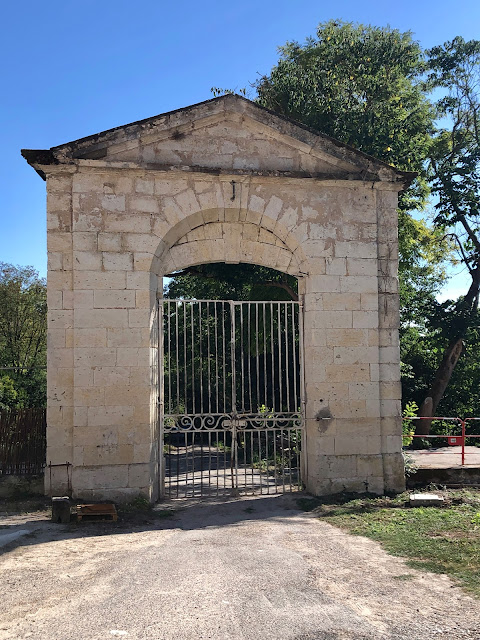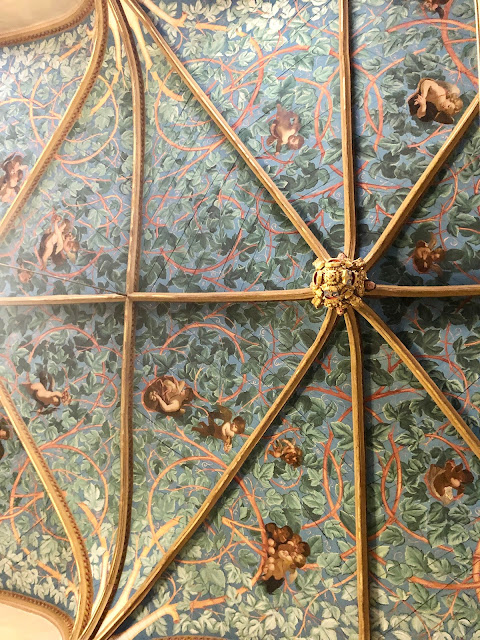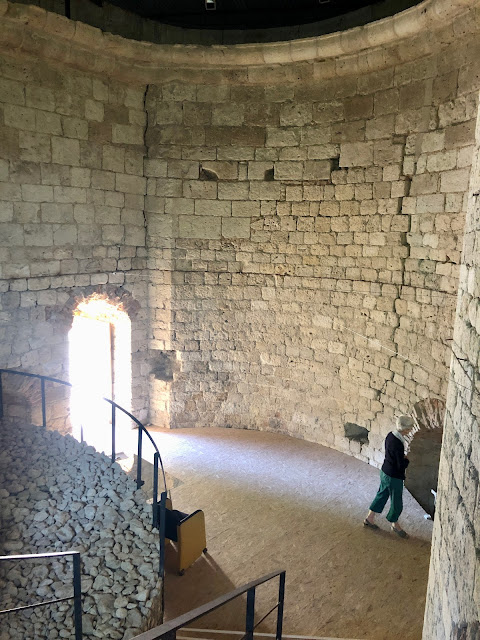This weekend, historic monuments are celebrated throughout Europe, with open houses and tours. Many of these monuments are not open to the public during the year except during Patrimoine Days. Papa and I went to several historic monuments in Lectoure yesterday.
“The Tannerie, built in 1752 by wealthy merchants from Toulouse, was blessed by the Bishop of Lectoure. In 1754, the king issued a letter making it a “royal tannery.” The site of the tannery in Lectoure had many advantages: local livestock provided skins, the nearby forest provided bark to make tan, the springs of Saint-Clair and Fontaine Diane provided water. The ongoing wars provided military outlets for production of leather for soldiers’ shoes and harnesses for cavalry. The Tannerie employed nearly two hundred workers. Activity ceased in the mid 1800’s and the facility was turned into a retirement home. Today it is privately owned and used as a home. Some of the original vats are still visible, used as fish pools.”
La Manufacture Royale, was built as part of the Tannerie in 1752. It is also privately owned by a French interior designer, and used as a home and a B&B.
“Chapelle des Carmelites was founded in 1529. Following the Catholic Reformation, Marshal Antoine de Roquelaure, a friend of King Henri IV, and appointed by Louis XIII, arrived in Lectoure as governor of the town. He donated the house and garden on the site where the convent would stand. In 1623, eight Carmelite nuns arrived. They were visited in November 1632 by Anne of Austria and Cardinal Richelieu, who came as godmother and godfather, to the baptism of the last two children of the Marshal of Roquelaure. By 1695, the Carmelite Convent was the largest in Lectoure. The wood ceiling of the chapel was painted in 1684. A covered arcade passage allowed nuns to cross the street without leaving the enclosure.”
“Tower of Corhaut is the only surviving tower of the fortified medieval walls of Lectou”. It was the house of the executioner. It was built in1537 as part of the reconstruction of the remparts. “

















